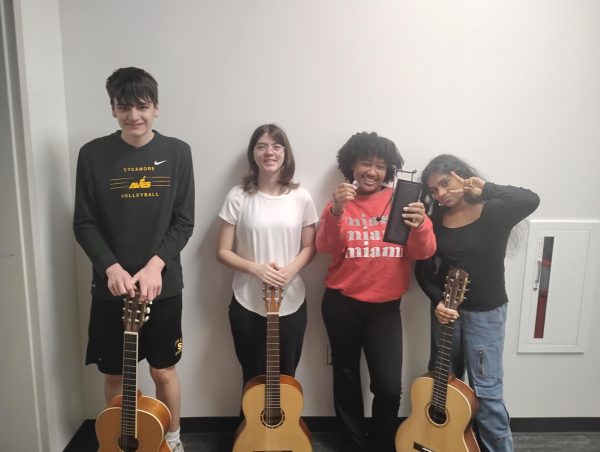Apple releases new inclusive emojis

These are some of the 67 new disability-related emoji introduced in iOS 13.2. These images, which include people using wheelchairs and a white cane, prosthetic limbs, and a hearing aid, are an important step towards greater representation.
On Oct. 28, Apple released iOS 13.2, introducing 398 new emoji to iPhones. You might be wondering, what’s the big deal? Doesn’t this just add simple icons like an otter and a waffle to the thousands of emoji smartphone users already have at their fingertips?
This update, however, was important because of the increased inclusivity it provided. One monumental aspect was the release of 67 disability-related emoji, including prosthetic limbs, service dogs, a hearing aid, a person signing the word “deaf,” a person using a white cane, and people using two types of wheelchairs.
This development is a huge step forward in disability representation, but the question still remains: why did it take this long?
According to Wired, emoji first began to become more diverse in 2015, through the release of emoji representing same-sex couples and different skin tones. The population of people living with disabilities are the world’s largest minority. Despite this, the only disability-representative emoji before iOS 13.2 was the generic “handicapped” wheelchair symbol.
Of course, the process of proposing, designing, and releasing emoji is a long and complicated one. But as a “digital language” in today’s world, emoji should represent all people as best it can, and until now, it did not meet the mark for one fourth of American adults alone.
As someone with a physical disability myself, I am ecstatic to finally have an emoji that represents me. Still, I wish the change could have come sooner.
Additionally, there is more progress to be made. The recent emojis only portray individuals with physical disabilities, and advocates are calling for the inclusion of those with intellectual disabilities as well.
The update did not just diversify emoji in relation to disabilities. iOS 13.2 also introduced another necessary improvement, creating gender-neutral variations of several existing emoji, and a new feature that allows the user to pick specific skin color and gender for the couples-related emoji.
Although the update took seemingly years too long, I view it as the crucial first step to greater representation. I am excited to see how Apple continues to take steps towards the inclusion all people deserve.
Sources: https://www.wired.com/story/guide-emoji/
https://www.cdc.gov/media/releases/2018/p0816-disability.html
https://blog.emojipedia.org/ios-13-2-emoji-changelog/
https://www.un.org/disabilities/documents/toolaction/pwdfs.pdf
https://www.forbes.com/sites/sarahkim/2019/10/31/apple-disability-related-emojis/#1101bdb55929
Your donation will support the student journalists of Sycamore High School. Your contribution will allow us to purchase equipment and cover our annual website hosting costs.






